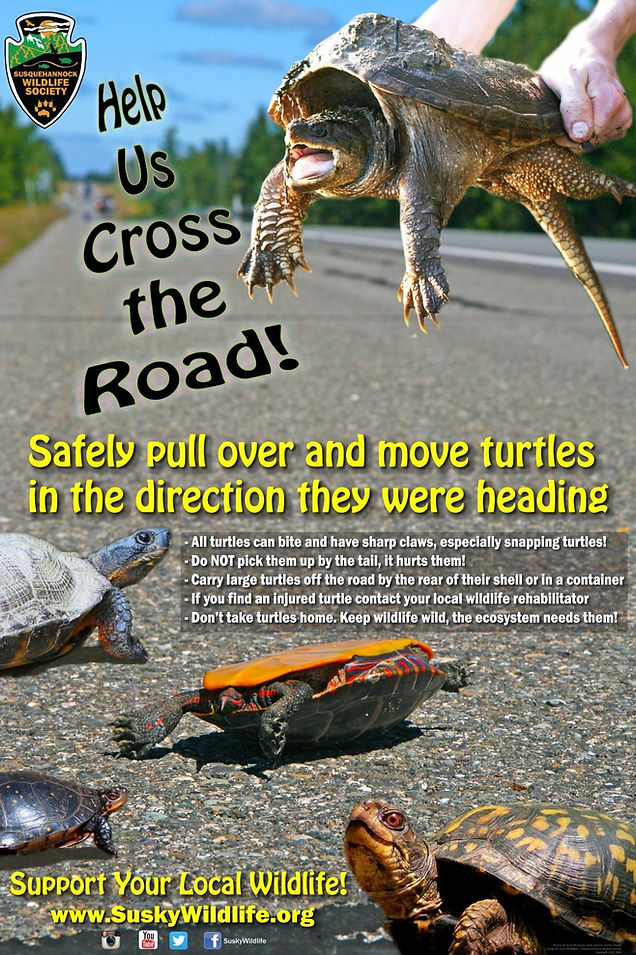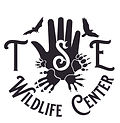Turtles
Remember when you find injured wildlife these animals will be stressed and scared, making them more likely to to act out in anger. So make sure to handle with gloves and other appropriate protective items.
Injured turtles may have shell fractures, not using a limb, or have discharge coming from their nose or mouth. If this describes your case please contact TSE right away. Not your situation? Check out the chart below for further help.
NEVER FEED Orphaned wildlife! Many animals need special bottles and formula to survive. Feeding them improperly will leave the babies worse off then hungry!

Helpful Hints to Capture Turtles
-
When handling turtles be sure to:
-
Wear protective equipment ( goggles, leather gloves, long sleeves, pants etc)
-
Use either the of these capture techniques:
-
-
Box Over- Gently place box over animal, use another piece of cardboard to make the floor/roof to the box, gently turn box right side up, and tape shut. *This can be tricky and not the best method for turtles, you must make sure they are not flipped on their back during the process.
-
Place your hand near the back legs of the turtles to lift them into a box. Check out the graphics below to see the proper way to pick up turtles!
When transporting injured turtles keep these key point in mind:
-
Do not transport turtles in water
-
Once the turtle is in the box, never open it especially when in the car
-
No music and limit talking
-
Never place the box in an enclosed truck
-
The floors board of a car is the most stable place to transport
-
In the summer, try to drive with windows down and limit the use of AC


.jpg)



